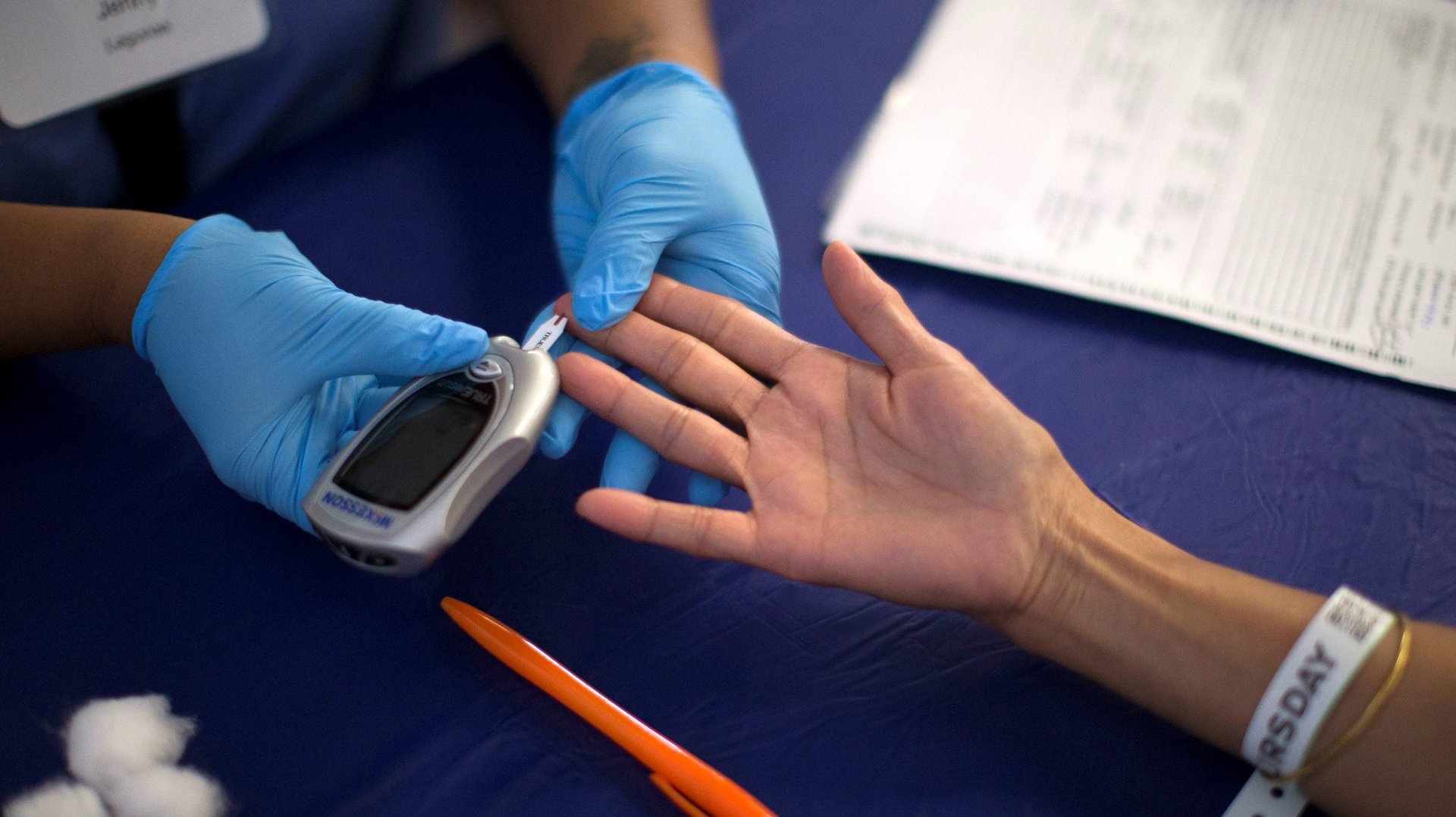With help from a tortoise, scientists invented an insulin pill for diabetes patients
It’s basically the medical world’s version of a really cool Rube Goldberg machine, designed to painlessly save someone’s life.


It’s basically the medical world’s version of a really cool Rube Goldberg machine, designed to painlessly save someone’s life.
It’s the size of a blueberry, and it’s the product of years of research by scientists at the Massachusetts Institute of Technology who have been trying to figure out new, less intrusive ways to deliver insulin to people who suffer from type 1 diabetes. A study on how this new invention works was published this week (Feb. 7) in the journal Science.
Presently, people living with type 1 diabetes have to personally inject themselves with insulin by pricking themselves with a needle. It’s a daily procedure that’s annoying, painful, and absolutely necessary to avoid medical complications. With that in mind, the scientists set out to find a more painless method of administering insulin.
The magic of their work exists inside a pill, which covers a small, rudimentary machine comprised of a single biodegradable needle (early prototypes included several needles) that has a tip made entirely of compressed, freeze-dried insulin. The needle is attached to a compressed spring held in place by a tiny disk made of sugar. The idea is that, once a person swallows this pill, the water in the stomach dissolves the sugar, releasing the spring, which sends the minuscule, insulin-covered needle tip into the the wall of the stomach where it gets into the blood supply.
The walls of the stomach don’t have pain receptors, so the injection will be painless for people who take the pill.
“To ensure that the drug is injected into the stomach wall, the researchers designed their system so that no matter how the capsule lands in the stomach, it can orient itself so the needle is in contact with the lining of the stomach,” an MIT statement reads.
That design was inspired by nature, actually. The scientists found it while studying the physiology of a leopard tortoise, a reptile that forages throughout the African continent’s expansive savannas. The animal’s shell has a steep dome, so when it accidentally finds itself flipped over, it’s easily able to right itself. Using that same design in their modeling, the researchers found they could build a capsule that rests itself next to the stomach wall in spite of the dynamic internal environment of the organ. The research has already proven effective in testing on pigs.
It’s unclear when the pill will begin undergoing testing of humans, let alone when it will be ready for the consumer market. But researchers are proceeding to the next step of their work, which includes partnering with Novo Nordisk, a Danish multinational pharmaceutical company. With the help of that firm, they hope to further develop the pill and create a manufacturing process that will allow for wider distribution.
In the future, it could be designed for people suffering from health issues beyond type 1 diabetes. It could also work in treating rheumatoid arthritis or inflammatory bowel disease, the MIT statement says.